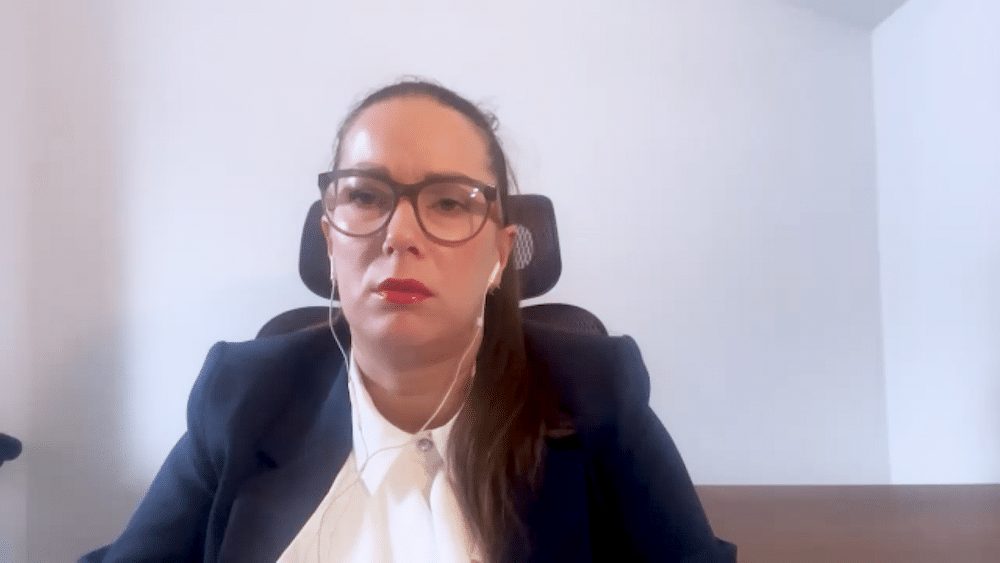As of January 31, the rules and requirements regarding goods imported onto the British market will change, with some now requiring certificates. The newly introduced regulations apply primarily to animals and animal products, as well as plants, fruits, and vegetables. For exporters, these mean a host of new obligations the non-fulfillment of which may halt the goods at the border. Meanwhile, carriers should anticipate additional border checks, which may result in additional waiting time to cross the border. In three months, penalties for the lack of the appropriate documents will also be implemented.
The United Kingdom has repeatedly delayed the certification of food imported from the EU. Finally, it will take effect on January 31, 2024. From then on, the import of some products from the EU, other EEA countries (Iceland, Liechtenstein, and Norway) as well as the Faroe Islands, Greenland, and Switzerland to the UK can continue only upon meeting the requirements outlined in the Border Target Operating Model (TOM). This is one of the documents aimed at improving regulatory standards post-Brexit.
“January 31 will see new restrictions on the import of goods of animal origin and other goods listed in the TOM regulation into the UK. That is the day when import checks according to the new, target operating model TOM will start at all UK borders,” says Joanna Porath, president of AC Porath agency.
TOM introduces a system based on three levels of risk: high, medium, and low, which will categorize living animals, animal byproducts, and plant products.
“To notify these goods, the IPAWS system will serve the purpose. Such notification should be prepared a business day, or 24 hours, before the planned crossing of the UK border,” says the president of AC Porath agency. “If we are unsure about the categorization of our goods in relation to this three-level risk, we always enter a higher level than expected. Then, the IPAWS authorities decide whether the given goods will undergo an inspection and additional control or not. Such information from IPAWS will be sent to the phone number or email provided in the application, since the entire notification process has been digitized. After the submission, further steps will inform us on how to proceed.”
Each risk category of the Target Operating Model (TOM) for the transported goods has different requirements, which will entail adhering to particular sanitary and phytosanitary (SPS) rules. Low-risk goods will not require a health certificate while medium-risk goods will need to inform about the transport in the customs system and undergo document check at the border each time. High-risk goods (live animals, animal products, goods imported from countries or regions with a heightened disease risk) will require both previous transport declaration and an Export Health Certificate (EHC) issued by the relevant authority in the country of origin.
“In this case, all documents must be presented to a district veterinarian, who verifies the compliance with the certificate requirements. If the verification is positive, they issue a document that certifies that this specific parcel of goods shipped to the given country complies with the requirements,” explains Joanna Porath.
Health certificates will be necessary for meat products and all products based on raw milk (only dairy products that underwent heat treatment will not require a health certificate).
“Also, imported animals and plants intended for planting and breeding will always require a health certificate and undergo an inspection. On the other hand, fruits and vegetables from the EU will be classified according to their assigned risks and it will be the exporters’ task to correctly classify them into the appropriate group,” says the expert.
Importantly, health and phytosanitary checks of goods imported into the UK will also begin at the end of January. Physical import controls will mainly apply to high-risk TOM category goods and also to plants, but only those in the high-risk category – medium and low risk ones will not require checking.
“Here we have another important date, namely April 30, 2024, from when penalties for not possessing the appropriate documentation in this field for all parties operating within this new operating model at the UK borders will be officially implemented,” says Joanna Porath
The upcoming changes in regulations concerning goods imported into the UK pose a number of new obligations for exporters, logistic companies, and customs agencies. All of these entities should prepare for the new requirements to avoid disruptions in their operation and delays in deliveries. Carriers, on the other hand, should expect additional border checks, which might result in additional waiting time to cross the border.
“Each participant of the international supply chain to the UK must be aware of their new role and responsibilities,” emphasizes the president of AC Porath agency. “In the short term, there will certainly be participants of this trade exchange who will not know or not check before departure from the EU whether the given goods require additional documentation. Then there will be a problem, as such goods unfortunately will be sent back, generating additional costs. However, in the long term, I would not expect any challenges. I believe that everyone who is a conscious participant of the transport market will account for this.”
The UK government encourages carriers to independently verify which imported goods will undergo checks (a detailed list has already been released last year). All supply chain participants are also advised to regularly review the TOM risk categories, which might change in the future.
“We assess this situation as a clear and planned, next stage of Brexit implementation. The Britons – exiting the EU – had to be aware of everything that comes afterwards, i.e., not only risks related to customs and VAT charges for goods imported from third countries but also all administrative controls and border checks, both British and EU in both directions. Let’s remember that the EU immediately implemented all controls, so it was foreseeable that at some point it has to occur here, that these checks will follow step by step,” says Joanna Porath.
